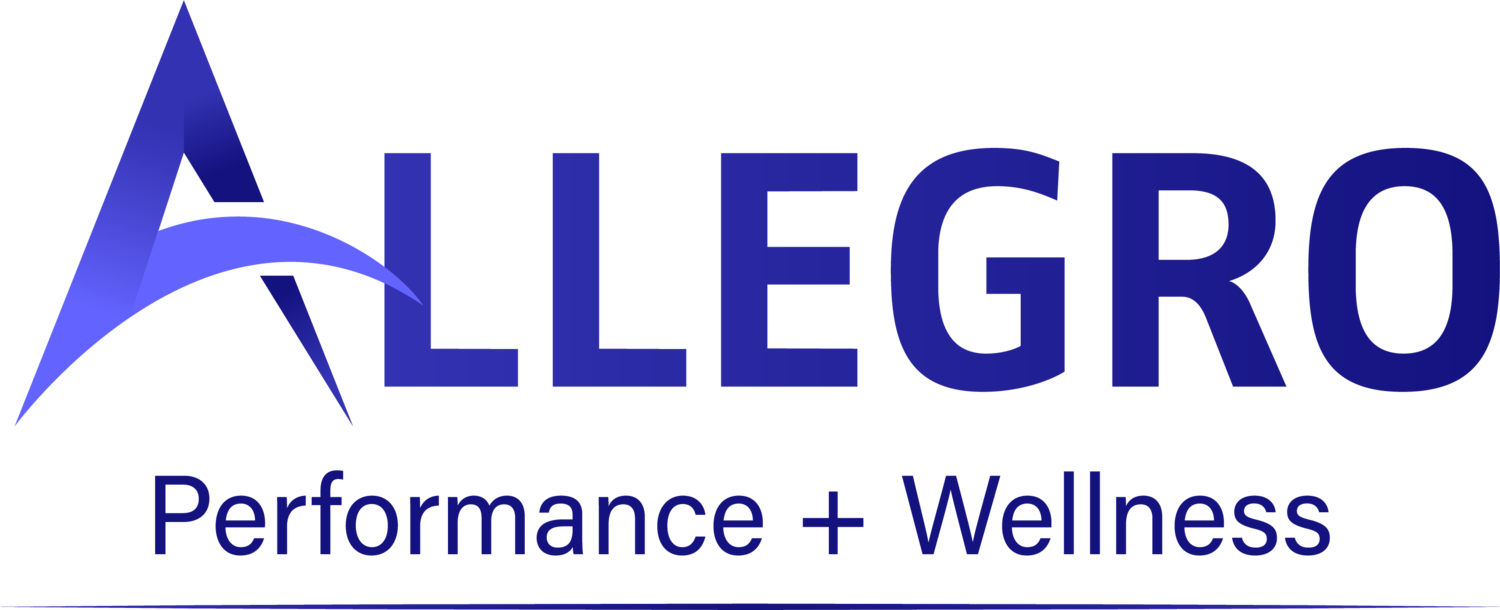Adolescent Growth Spurt
In the clinic, I often joke that the majority of my caseload is 12 – 14 year old’s, and then after that they don’t want/need to see me anymore 😆 Although that’s not actually totally accurate, the reality is, this age group does make up a large portion of my caseload, and there’s a good reason for that.
These years tend to be the time when a lot of dancers are going through their adolescent growth spurt (AGS). This often leads to aches, pains and injuries and results in them seeking out care at a higher rate than their younger or older dance peers.
So what is the adolescent growth spurt and how does it affect young dancers?
The AGS is the fast and intense increase in the rate of growth that occurs around adolescence. It is the period of peak growth velocity (how fast growth is occurring) for both height and weight in growing children.
Although highly variable among individuals, it typically starts around age ~11-14yrs in females, and about 2 years later in males (~13-16yrs). This period of rapid growth is on average about 18 months, but can last for as long as 3 years in some dancers.
During this time, the long bones of the body (ie the arms and the legs) grow faster than the torso, and can lead to challenges with limb-to-torso ratio and stability within the torso. This contributes to a change in the centre of gravity, which can lead to a temporary decrease in balance and proprioception (knowing where your body is in space). The rapid rate of growth in the bones also leads to transient low bone mass, leaving the bones (and growth plates) weakest – and potentially susceptible to injury – during the most rapid period of growth.
During the AGS the soft tissues (muscles, tendons and ligaments) lengthen more slowly than the long bones, leading to temporary decreases in flexibility and strength. There is also a decrease in motor control (the nervous system regulation of movement) observed during this time.
Implications for dance
During the AGS not only are dancer’s bodies undergoing rapid changes, but it often corresponds to a time when the demands of dance – technical skill, intensity and duration of training – increase dramatically. This can leave the dancer susceptible to injury, as their body is not able to keep up with the changing demands.
So what can we do to ensure dancers can continue to dance safely during this time period?
Focus on strength and control, with a specific emphasis on trunk control.
Go back to basics. Take this opportunity to go back and solidify technique and review basics that often get overlooked when dancers reach a more advanced level.
Focus on artistry. This is a wonderful time to focus on developing the whole artist, not just the athletic side of the dancer. Take this time to focus on musicality, improv skills and other artistic skills that dancers will benefit from.
Consider limiting how much impact dancers are participating in. With bones being temporarily at their weakest, decreasing the total amount of impact a dancer is participating in can help minimize their risk of injury.
Be patient! It takes time for the body to adapt and managing dancers’ expectations during this time can help offset some of the frustration they can feel with their changing body.
